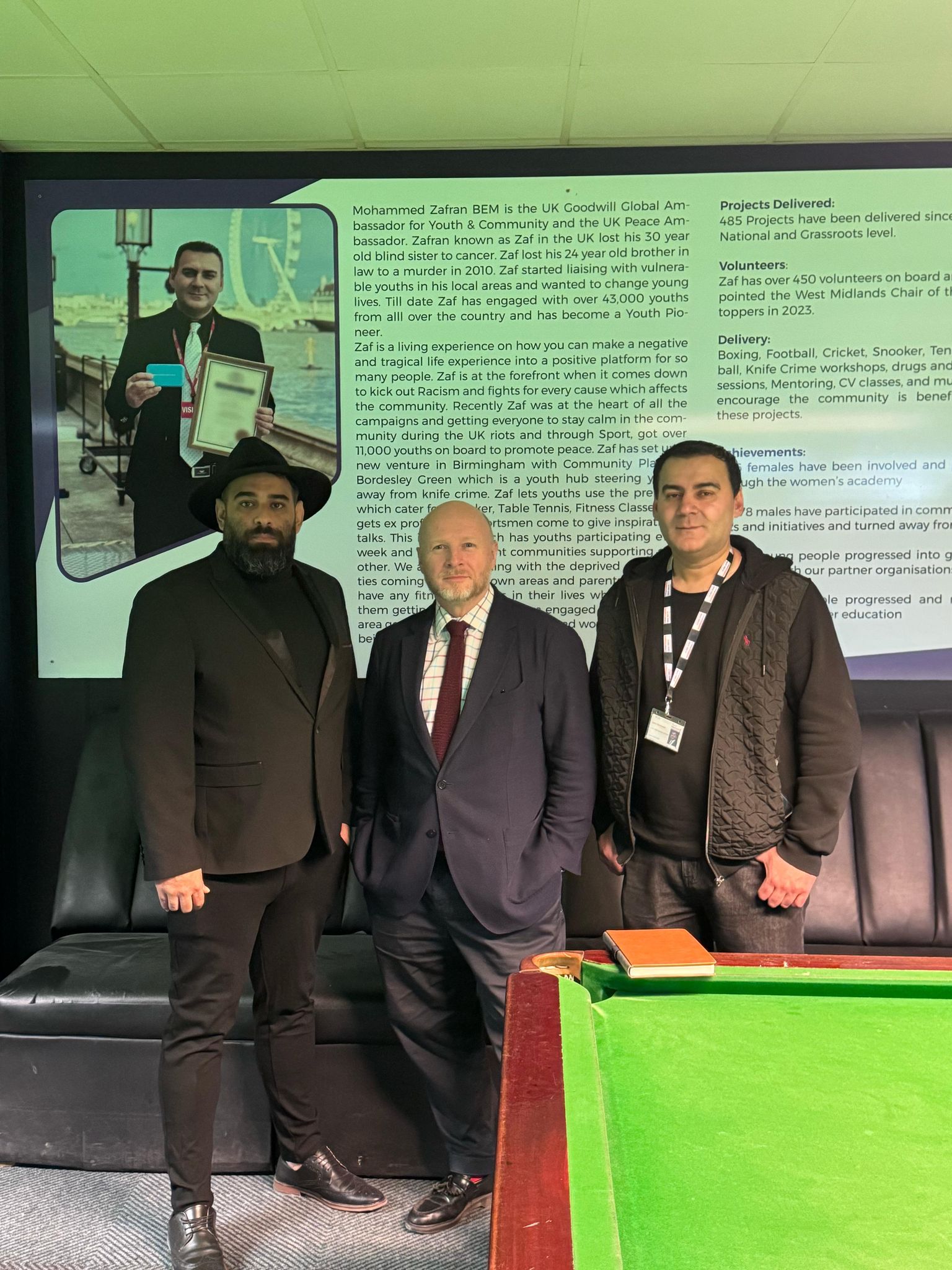The Medicines and Healthcare products Regulatory Agency (MHRA) has extended the licence of the cystic fibrosis medicines Kaftrio (ivacaftor, tezacaftor and elexacaftor) and Kalydeco (ivacaftor) for children aged two to five years old.
These medicines were already authorised for use in treating cystic fibrosis with a common gene mutation in patients aged six years and older, and today’s announcement extends that authorisation.
Julian Beach, MHRA Interim Executive Director, Healthcare Quality and Access, said: “We have prioritised the assessment of Kaftrio and Kalydeco for this age range in view of the unmet needs of children with cystic fibrosis.
“As with all products, we will keep the safety of Kaftrio and Kalydeco in this age range under close review.”
Cystic fibrosis is an inherited condition that causes sticky mucus to build up in the lungs and digestive system. This causes lung infections and problems with digesting food. Symptoms usually start in early childhood and vary from child to child, but the condition gets slowly worse over time, with the lungs and digestive system becoming increasingly damaged. Over 10,600 people are living with this condition in the UK.
Kaftrio and Kalydeco are taken together by patients as a long-term treatment to manage their symptoms of cystic fibrosis. They are used to treat the disease in patients with at least one F508del mutation in the cystic fibrosis transmembrane conductance regulator (CFTR) gene. F508del is the most common cystic fibrosis causing mutation.
This gene is responsible for a protein that supports the movement of chloride in and out of our cells. Some mutations in the CFTR gene results in the CFTR proteins developing abnormally, leading to reduced chloride movement in the cells of those with cystic fibrosis.
The active ingredients in these treatments, ivacaftor, tezacaftor and elexacaftor, work by interacting with certain abnormal CFTR proteins, so they open more often to improve chloride movement in and out of cells.
The medicines, known as CFTR modulator therapies, are available as sachets of granules to be mixed with 5ml of soft food and consumed immediately, just before or after a fat-containing meal/snack.
For two- to five-year-olds under 14kg in weight, the recommended dose is a sachet of Kaftrio granules containing 60mg ivacaftor, 40mg tezacaftor and 80mg elexacaftor given in the morning and a further sachet of Kalydeco granules with 59.5mg of ivacaftor taken in the evening, at least 12 hours apart.
For two- to five-year-olds that are 14kg in weight or more, the recommended dose is a sachet of Kaftrio granules containing 75mg ivacaftor, 50mg tezacaftor and 100mg elexacaftor given in the morning and a further sachet of Kalydeco granules with 75mg of ivacaftor taken in the evening, at least 12 hours apart.
The extension of the existing authorisation to this age group is supported by evidence of studies on this combination of drugs in patients aged 12 years and older in addition to data from a 24-week, phase 3 clinical study in 75 patients aged two to five years, who had a confirmed diagnosis of cystic fibrosis and at least one F508del mutation.
In that study, patients continued their cystic fibrosis therapies such as bronchodilators or inhaled antibiotics but came off any CFTR modulator therapies they may have been on, other than the study drugs.
In the study, safety was assessed by observing side effects to the medication and the effect of the treatment was assessed using the change in chloride concentrations in sweat.
The study showed that treatment with Kaftrio and Kalydeco was safe and well tolerated by patients, with a safety profile that was consistent with that observed in older age-groups.
In this study in two- to five-year-old children, chloride concentrations in sweat reduced by 57.9 mmol/L over the course of the study and this effect was comparable to the effect on sweat chloride in older children and adults where clinical efficacy was demonstrated for this combination.
The most common side effects of the medicine are a common cold, including sore throat and nasal congestion, headache, dizziness, diarrhoea, stomach pain, changes in the types of bacteria in the mucus, increased liver enzymes and a rash.
As with any medicine, the MHRA will keep the safety and effectiveness of both Kaftrio and Kalydeco under close review. Anyone who suspects they are having a side effect from these medicines are encouraged to talk to their doctor, pharmacist or nurse and report it directly to the Yellow Card scheme, either through the website (https://yellowcard.mhra.gov.uk/) or by searching the Google Play or Apple App stores for MHRA Yellow Card.
















